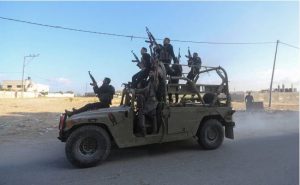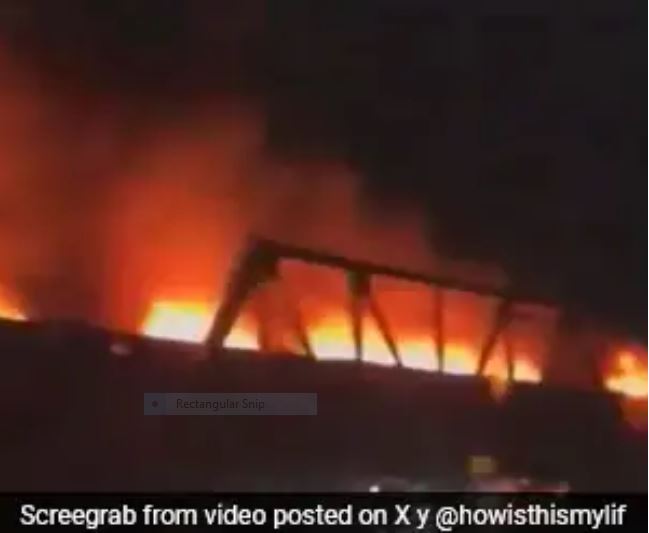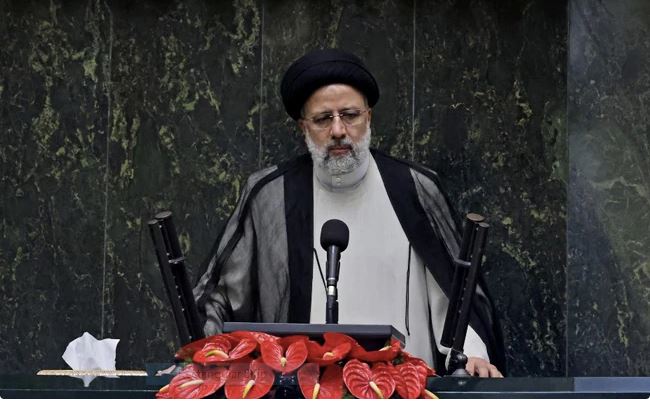
Resilient Finances Bolster Hamas Amid Ongoing Conflict with Israel.

Paris: Despite facing a relentless military offensive from Israel in the Gaza Strip, Hamas, the Palestinian Islamist movement, appears financially robust, equipped with diverse revenue streams, making it well-prepared for an extended conflict.
Israel’s Prime Minister Benjamin Netanyahu has vowed to eradicate Hamas, held responsible for the deadliest attack in the country’s history on October 7.
The attackers claimed the lives of 1,139 people, mostly civilians, and took an estimated 250 hostages back to Gaza, with 129 still believed to be held captive.
Over the past two months, Israeli bombardments have resulted in the deaths of 18,800 people, predominantly women and children, in the Hamas-ruled Palestinian territory.
Challenges abound for Israel in undermining Hamas’s financial strength, as the group has established a resilient network over the past decade, securing investments and income sources in various countries.
Jessica Davis, president of Canadian group Insight Threat Intelligence, stated, “Hamas is financially solid,” emphasizing their capacity to navigate complex financial networks without disruption.
Hamas’s diverse financial sources include small businesses, real estate investments, and an informal network of donations across countries such as Turkey, Sudan, and Algeria. The group has excelled at operating a complex system of money changers, with exchanges running through Turkey, the UAE, Europe, and the United States.
The number of donors supporting Hamas has not necessarily decreased since the October 7 attack. Despite global condemnation, the group seems to have gained support among certain population segments internationally as a perceived resistance vanguard, according to Lucas Webber, co-founder of the specialist website Militant Wire.
For years, Iran has been a major backer of Hamas, contributing an estimated annual amount between $70 million and $100 million through diverse sources, including payments in cryptocurrency, cash-filled suitcases, and transfers via foreign banks and the informal “hawala” system.
Iran’s aid to Hamas, initially in the form of military equipment smuggled through tunnels from Egypt, has evolved. With Hamas’s control over Gaza since 2007, the lines between funds intended for the population and the group’s finances have blurred, allowing them to determine allocation based on their priorities.
While the international community funds UNRWA, the UN agency for Palestinian refugees, Qatar plays a significant role in supporting Gaza’s civil servants, poorest families, and various infrastructure needs. The gas-rich emirate pledged $360 million in annual funding to Gaza in 2021, with funds coordinated with Israel, the U.S., and the UN.
Despite Washington imposing sanctions on key Hamas members, the group’s financial resilience is expected to endure. The prospect of the destruction of Hamas’ finances is deemed unrealistic by experts, as the infrastructure will persist, with potential support from sympathizers.
Hamas’s future financial trajectory will likely hinge on the resolution of Gaza’s status and its transition from a war-torn region to a stable environment. As the conflict subsides, questions remain about who will assume responsibility for providing essential services in Gaza, potentially influencing the dynamics of Hamas’s financial landscape.
Gaza’s fate post-conflict will play a crucial role in shaping the financial future of Hamas, determining whether their existing financing system will persist or undergo transformation.





Leave a Reply